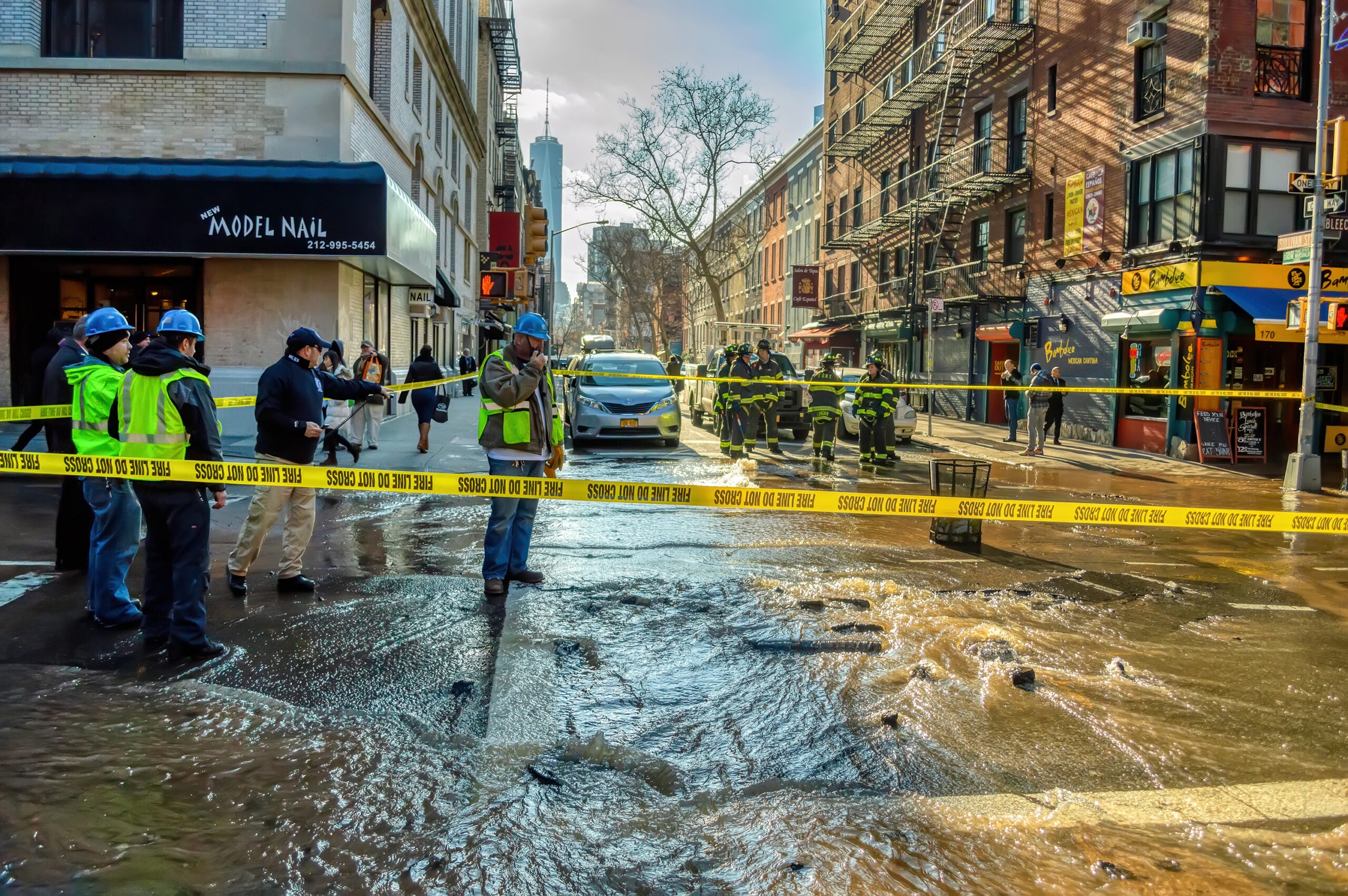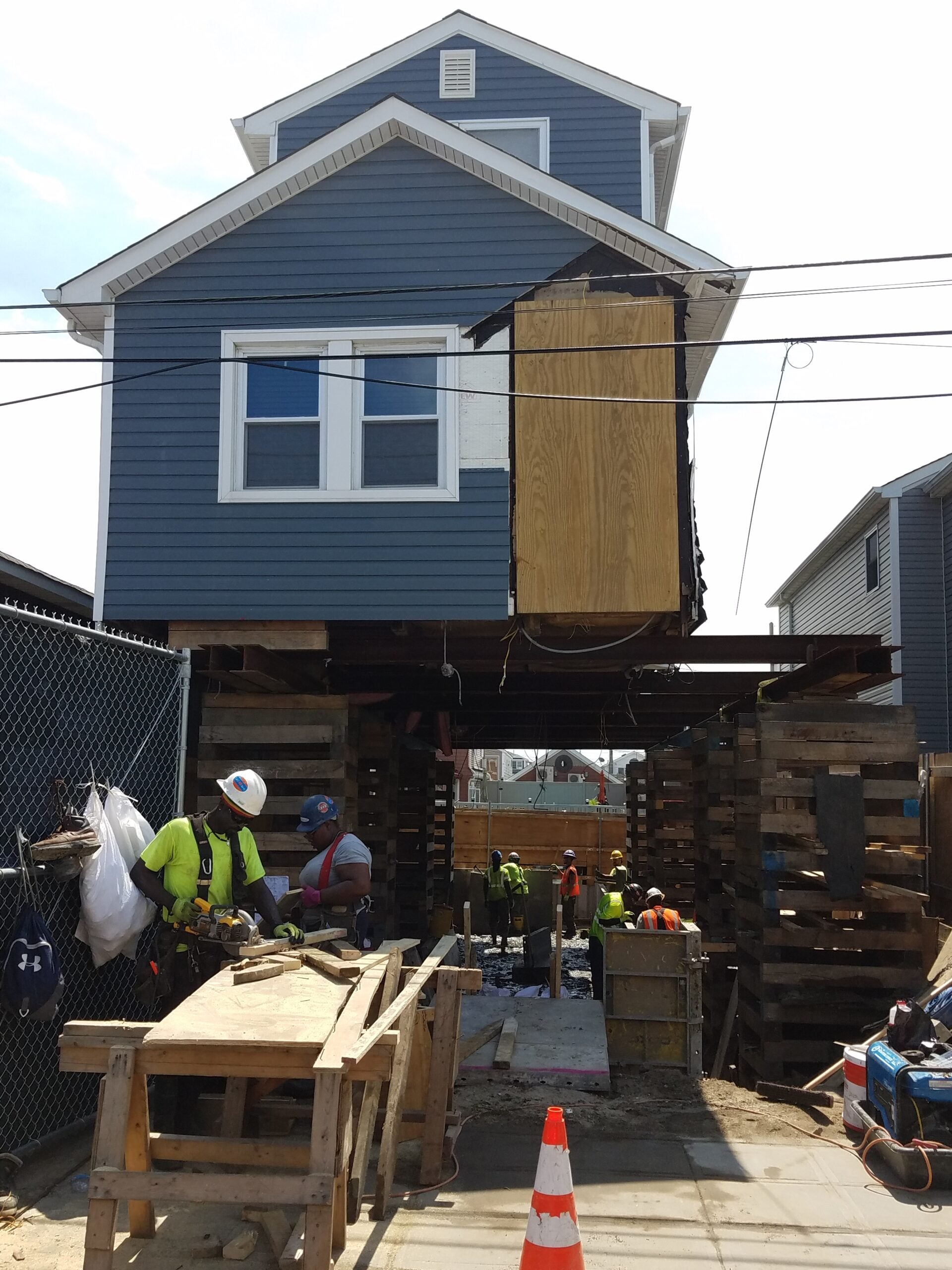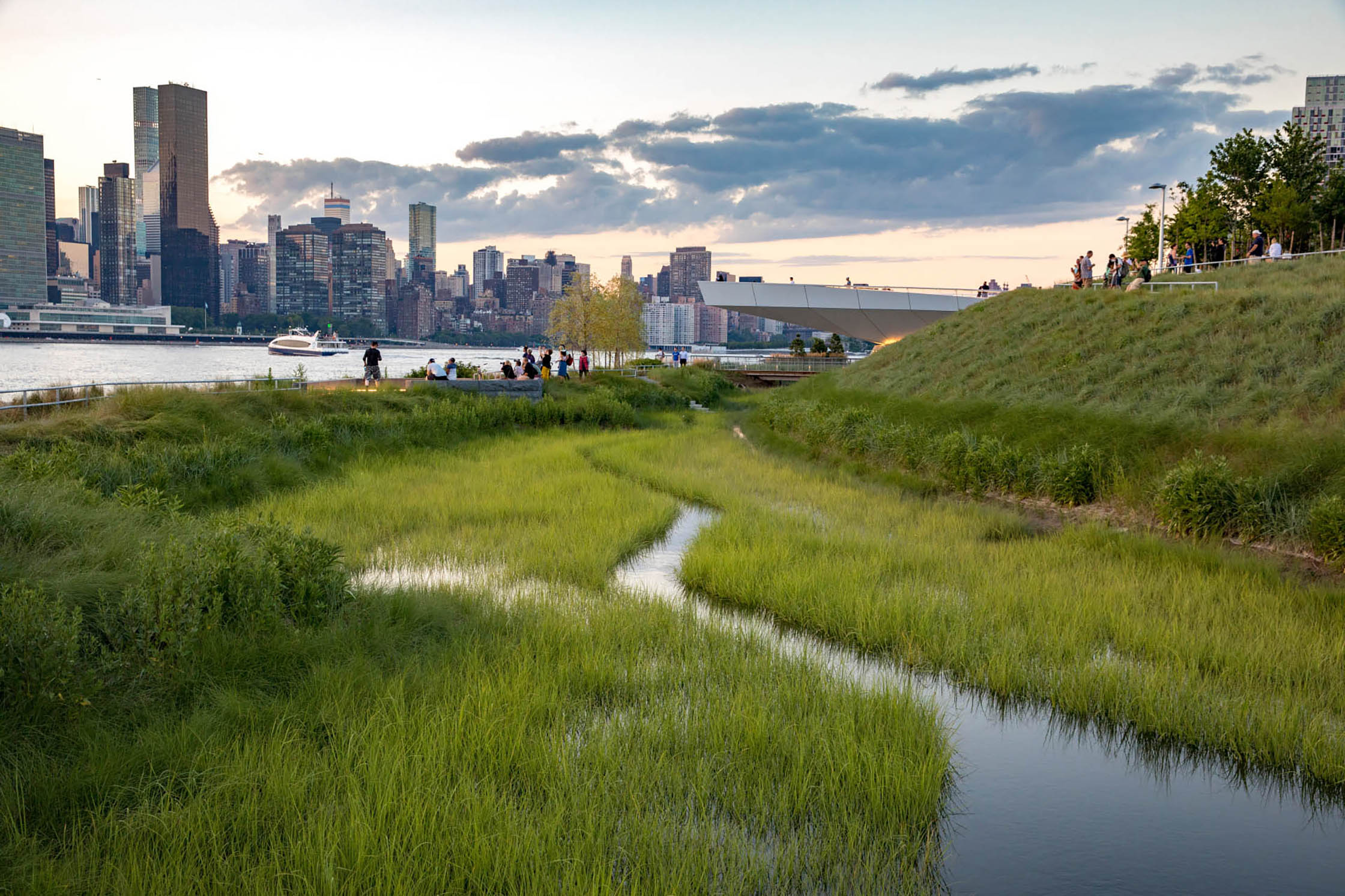New York City needs affordable, climate-resilient housing. There are policy solutions to help us get there.
New York City faces a twin crisis: housing that is increasingly unaffordable, unavailable and unsafe, and climate impacts—like flooding, sea level rise and extreme heat—that are growing more frequent and severe. In fact, more than half of all households are rent-burdened and tens of thousands of those homes are facing climate risks. Low-income residents and communities of color are affected disproportionately by both crises.
The recent New York City election offers an opportunity for new leadership to tackle the housing affordability and climate crises together. This is why Environmental Defense Fund (EDF) has partnered with the Regional Plan Association, Association for Neighborhood Housing and Development, Cornell University’s Department of City and Regional Planning, and the Cornell Atkinson Center for Sustainability to develop a set of policy solutions designed to increase affordable, climate-resilient housing and build resilience in New York City.
To do so, we collaborated closely and built consensus with key government and nongovernment stakeholders from housing, resilience and environmental sectors across New York City to study the intersection of housing loss and opportunity, as well as opportunities to adapt infrastructure to climate risks.

Policy solutions for an affordable, climate resilient future in New York City
1. Adapt a resilient land use framework
New York City lacks a unified, citywide planning framework to guide how housing growth, investment and climate adaptation intersect. Such a framework could drive citywide decisions about where and how to build to achieve healthy, safer and more affordable housing development.
It could also guide leaders to center equity, nature, health and wellbeing of New Yorkers by making development decisions that keep residents out of high-risk flood zones.

2. Expand retrofit programs and make them more accessible
Extreme weather conditions, predicted to increase and become more severe, put deteriorating and outdated housing at risk and increase financial burdens. In fact, at least 42,000 New York City Housing Authority’s (NYCHA) public housing units already need repairs.
Retrofitting existing housing for all building types will ensure families can continue living safely in their homes and are prepared for climate impacts. While retrofitting programs are available, many are limited in their scope and funding or operate in silos, meaning there is no reliable and affordable option for many building and unit owners or managers. The City should expand current programs and promote them on a “one-stop shop” website for resilient home retrofits to ensure information is more accessible, and individuals can navigate program options that best fit their needs.

3. Strategically build community wealth and wellbeing in low-risk areas
With increasing climate risks, low coastal flood risk areas are likely to have more development. This could lead to higher costs and demand, possibly displacing families and businesses many of which are already rent burdened. Increased growth, if not properly planned, could also increase impermeable surfaces which could exacerbate other climate risks, like rain-based flooding and extreme heat.
Leaders should adopt strategies to build local wealth and home ownership which can improve long-term neighborhood stability and mitigate affordability displacement while also promoting community resilience. These could include expanding programs to promote local wealth and land use, like community land trusts or establishing anti-flipping policies.

4. Establish a dedicated resilience fund to support resilient initiatives and projects
Improving overall city resilience is critical for keeping individual housing safe during an extreme weather event or disaster. To make continued progress on resilience, New York City needs an ongoing, dedicated funding source that supports flood resilience infrastructure initiatives. This type of fund could cover costs for efforts including capital planning, retrofitting, buyouts, operations and maintenance, green infrastructure and neighborhood-scale coastal infrastructure to reduce reliance on federal dollars that often fall short of addressing these varying needs.
While some funding options are already being explored, we need to establish a targeted fund for this work through sources like flood management, new development or utility fees. This dedicated fund will complement federal and state resources and promoting equity, addressing multiple flood hazards and linking to a resilience framework.
As New York City welcomes a new mayor and City Council, we have a unique opportunity to change how we tackle the City’s dual housing and climate crises. By adopting these policies, the next administration can ensure that our city grows in a way that is affordable and resilient, protecting residents today while ensuring a safer, more sustainable future for generations to come.
Read the full report here and learn more about policy advancements to increase affordable, climate-resilient housing in New York City.










